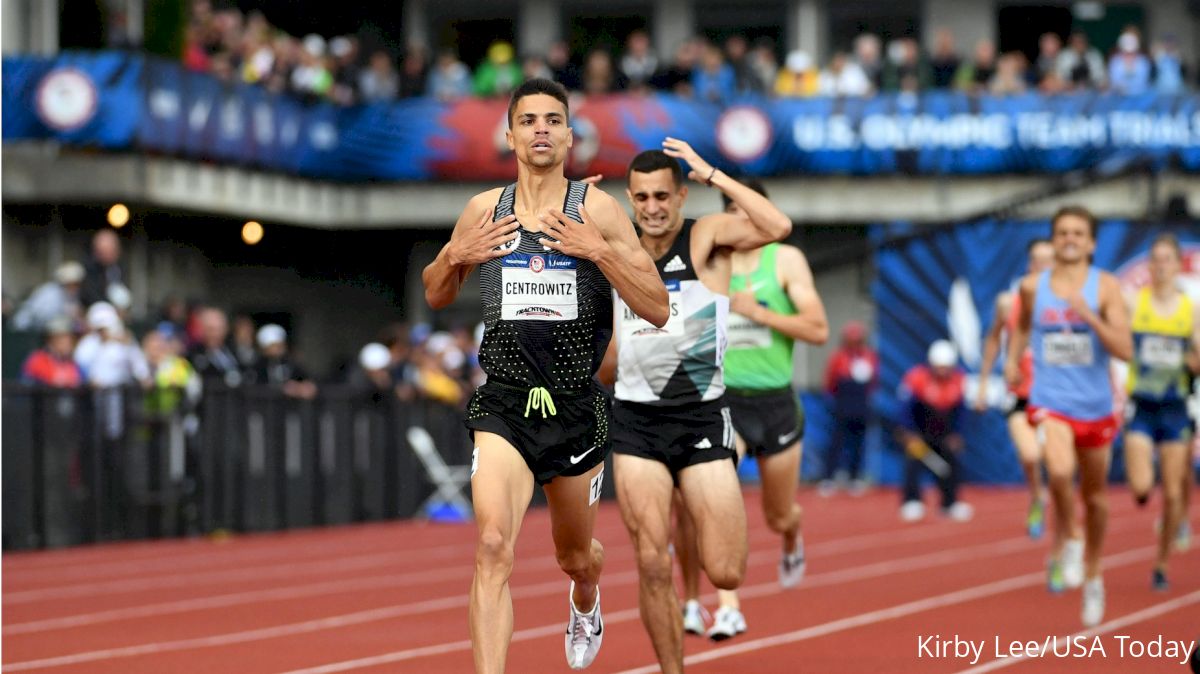Here's Why USATF Honoring World Rankings Would Be A Disaster
Here's Why USATF Honoring World Rankings Would Be A Disaster
The new world rankings are unfair, but more importantly the world rankings make the selection process even worse.

Earlier this week we published an opinion stating why it is a good thing for USATF to use time standards as the only means to guarantee a spot on the 2020 U.S. Olympic team. Our main reason was based on the fact that the new world rankings are unfair, but more importantly, the world rankings make the selection process even worse.
First, let’s look at the timeline of events.
June 28, 2020: End of U.S. Trials
July 1, 2020: Final world rankings published and IAAF accepts all athletes qualified via Olympic standard
July 2-5, 2020: IAAF to fill the remaining spots via world rankings
Here are a few scenarios that illustrate why using world rankings as a qualifier could be problematic.
SCENARIO A:
Trials Top-4 Result:
1) ‘Runner A’ (Has The Olympic Time Standard)
2) ‘Runner B’ (Has The Olympic Time Standard)
3) ‘Runner C’ (Doesn’t Have The Olympic Standard, Is Ranked 100th)
4) ‘Runner D’ (Has The Olympic Time Standard)
USATF submits runners A, B, and C for consideration...
After all non-declared athletes are removed from the Olympic field (something USATF will not know ahead of time), Runner C’s ranking is still outside the top 48, not making them eligible for selection. Runner D could have been selected on time, but will not be on the team. In this scenario, USATF only sends two athletes to the Olympics.
SCENARIO B:
Trials Top-4 Result:
1) ‘Runner A’ (Has The Olympic Time Standard)
2) ‘Runner B’ (Has The Olympic Time Standard)
3) ‘Runner C’ (Doesn’t Have The Olympic Standard, Is Ranked 100th)
4) ‘Runner D’ (Has The Olympic Time Standard)
USATF submits runners A, B, and D for consideration...
After all non-declared athletes are removed from the Olympic field (something USATF will not know ahead of time), Runner C’s ranking is inside the top 48, meaning they could have been selected. Runner C won't make the meet despite being eligible via world ranking and placing ahead of Runner D at the Olympic Trials.
SCENARIO C:
Trials Top-4 Result:
1) ‘Runner A’ (Has The Olympic Time Standard)
2) ‘Runner B’ (Has The Olympic Time Standard)
3) ‘Runner C’ (Doesn’t Have The Olympic Standard, Is Ranked 100th)
4) ‘Runner D’ (Doesn’t Have The Olympic Standard, Is Ranked 48th)
USATF submits runners A, B, and C for consideration...
After all non-declared athletes are removed from the Olympic field (something USATF will not know ahead of time), Runner C’s ranking is still outside the top 48, meaning they are rejected. Runner D could have been selected via their ranking, but was not submitted. In this scenario, USATF only sends two the Olympics.
SCENARIO D:
Trials Top-4 Result:
1) ‘Runner A’ (Has The Olympic Time Standard)
2) ‘Runner B’ (Has The Olympic Time Standard)
3) ‘Runner C’ (Doesn’t Have The Olympic Standard, Is Ranked 100th)
4) ‘Runner D’ (Doesn’t Have The Olympic Standard, Is Ranked 48th)
USATF submits runners A, B, and D for consideration...
After all non-declared athletes are removed from the Olympic field (something USATF will not know ahead of time), Runner C’s ranking is inside the top 48. This means Runner C could have been selected, but since they weren't submitted they are not eligible for selection.